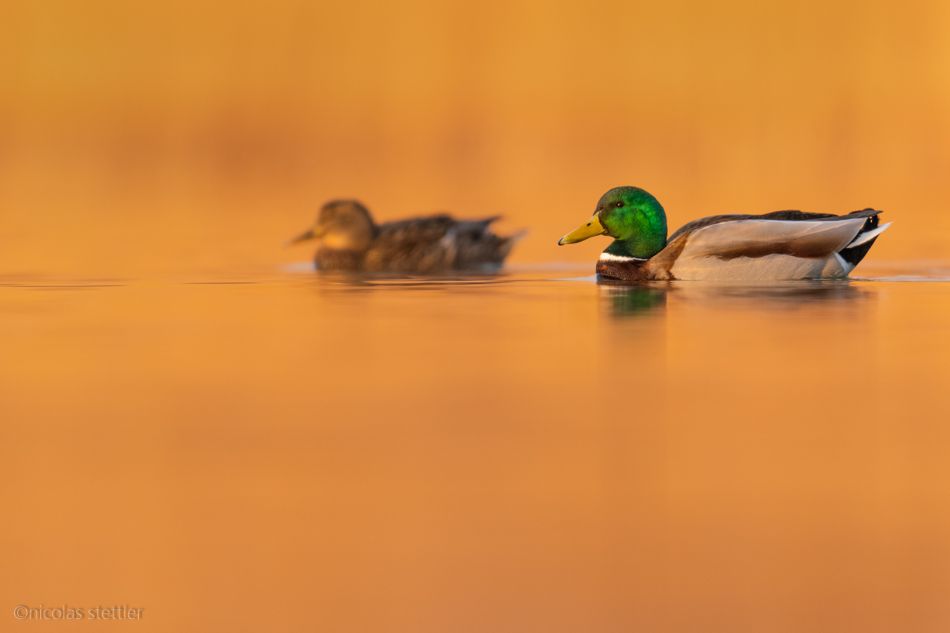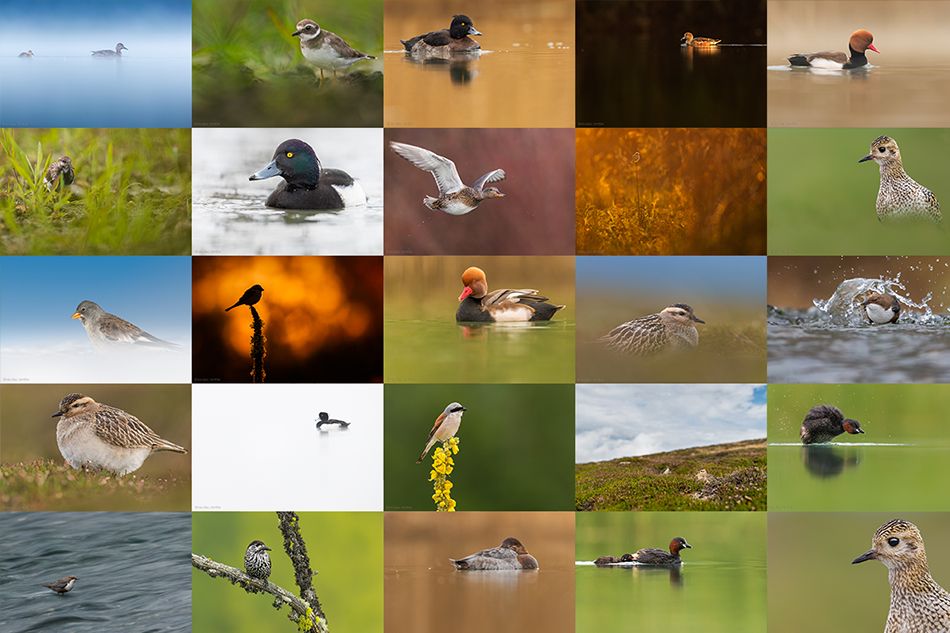My 10 best images of March
This March I had rather less time for photography. Besides school, I am also busy learning to drive. The free time that was left, I mainly spent looking for birds in the region. I also went out a few times with the floating hide, but also a few times with the underwater housing - both projects I want to work on a bit more this year.
1. Kingfisher
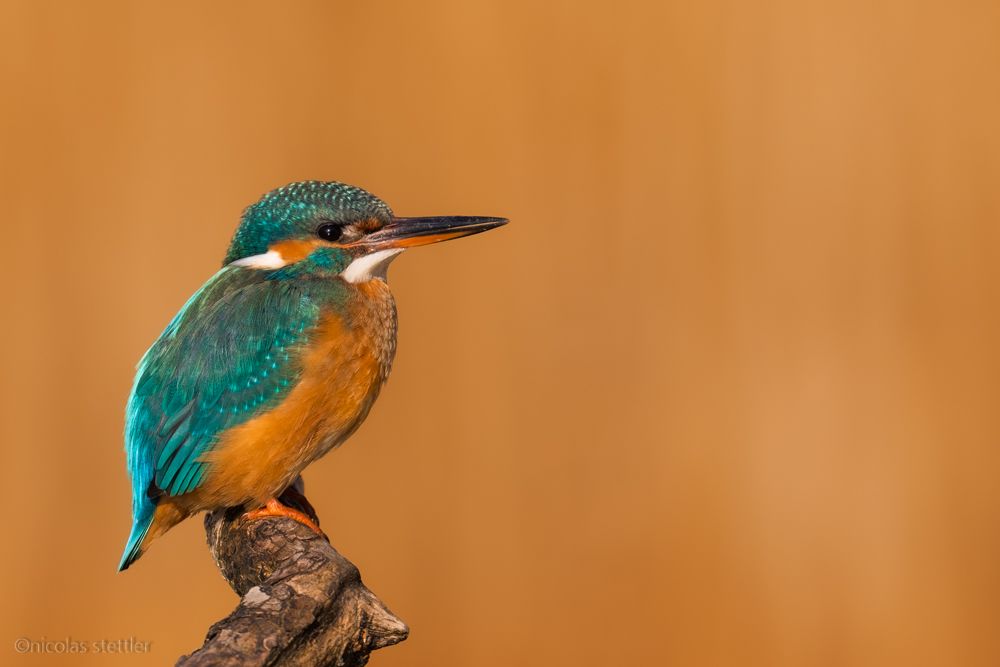
1/1250 | f/ 4 | ISO 110 | 500mm
In theory, this photo belongs to last month. But it didn't make it into the article, so I've added it to March. On the last day of February, I was once again out and about with the floating hide. The conditions were perfect: no clouds in the sky and practically no waves - ideal floating hide weather.
It was already late afternoon when I went into the water. But it took another half hour before the light was really good. I was actually waiting for great crested grebe and little grebe, but this kingfisher beat them to it.
The gradually setting sun gave the reeds in the background an orange tone. This matched the Kingfisher's plumage beautifully.
2. Little grebe I
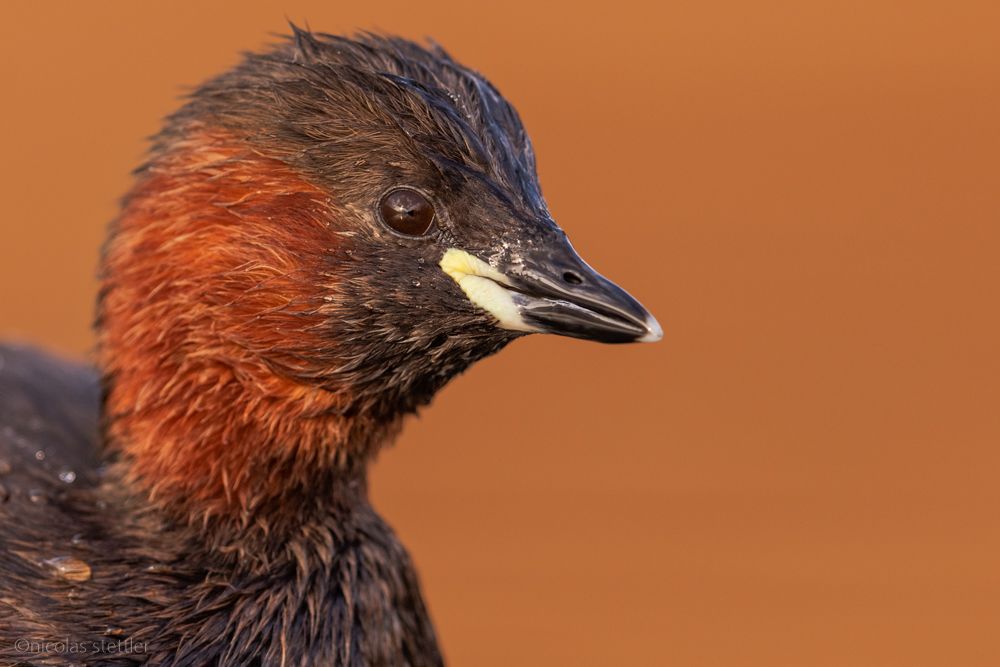
1/500 | f/ 4 | ISO 320 | 500mm
A week later I was again at the same place with the floating hide. I had seen the kingfisher again. This time, however, it was perched in a different place, which was not quite as optimal for taking photos. The little grebes were all the better for it.
Again and again the little grebes swam towards and past me. Some dived for fish, only a few metres away from me. This little grebe came particularly close. This allowed me to take some portraits of him before he dived down and disappeared into the nearby reed belt.
3. Little grebe II
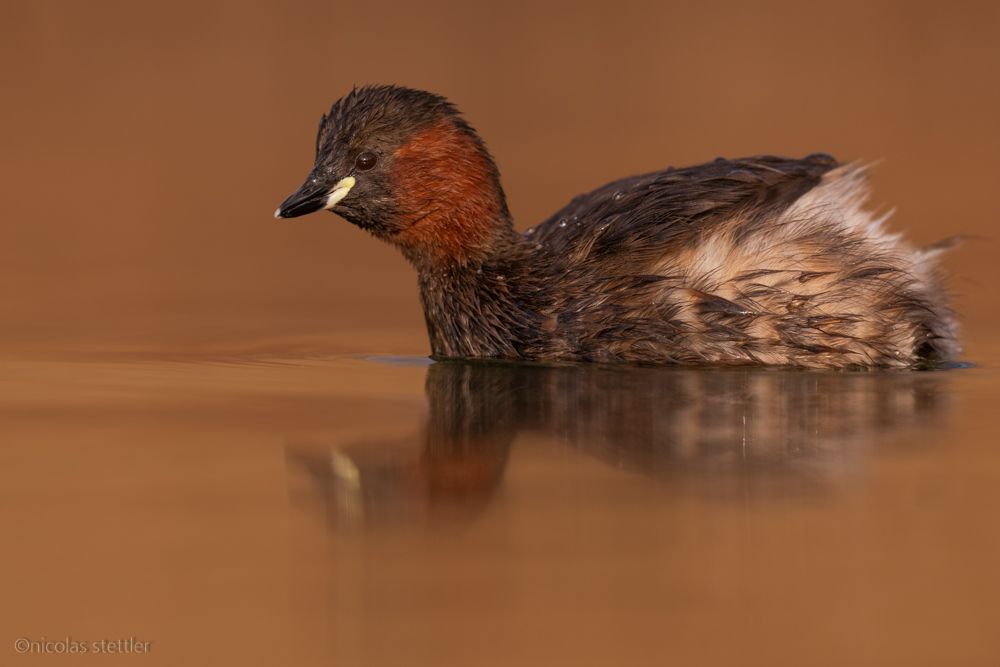
1/1600 | f/ 4 | ISO 250 | 500mm
It wasn't long, however, before the next little grebe appeared in front of me. This one stayed relatively long near my hide and I had enough time to photograph it. Again and again the bird dived down, only to reappear a little closer later. But after one particular dive, I could not observe it for quite a while. I had already thought it must have disappeared towards the reeds when something dived just in front of the hide. The little grebe had appeared a good 10 centimetres in front of the hide. So close that I couldn't even see him out of the window of the Hide!
4. Displaying great crested grebe
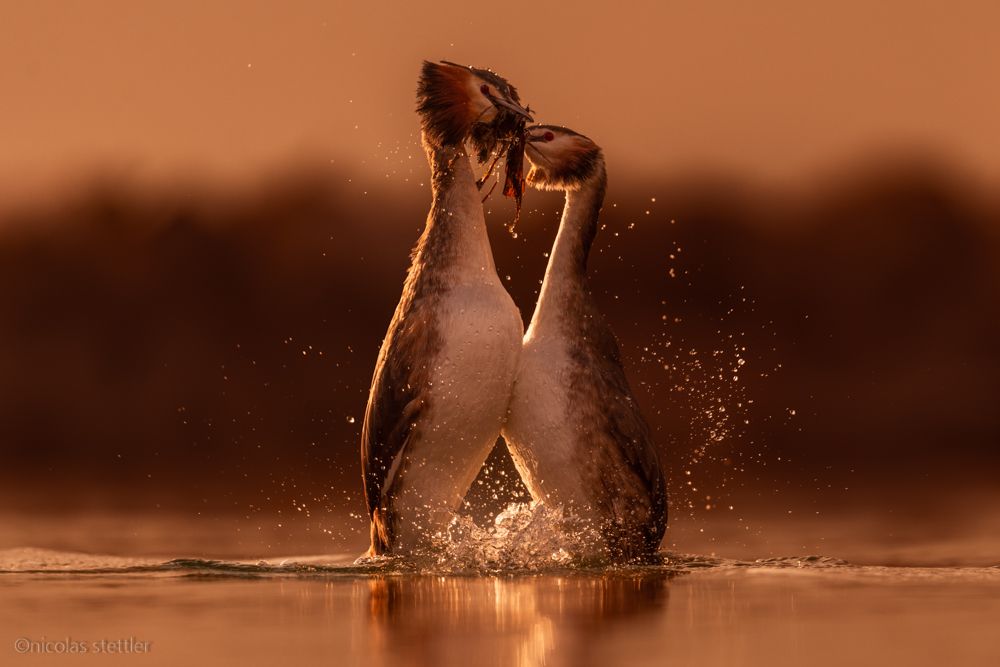
1/3200 | f/ 4 | ISO 100 | 500mm
The little grebes were not the only grebes I photographed that evening. The many great crested grebes, which breed in large numbers at this location, were also quite active. When there was no bird to photograph at one stage, I heard a pair of great crested grebes displaying behind me. I carefully turned the hide around to photograph them. The sun was already very low in the sky and allowed me to take backlit photos.
After I had taken a few photos of them, they suddenly dived in the opposite direction. I had observed this behaviour many times before and knew that they would soon reappear and perform the penguin dance. So I dialed in a faster shutter speed and waited.
For about 10 seconds there was no sign of them, until they suddenly reappeared in front of me. Calling out loudly, the two pushed their way out of the water, presenting themselves with plant material they had found.
5. Common coot on a stormy day
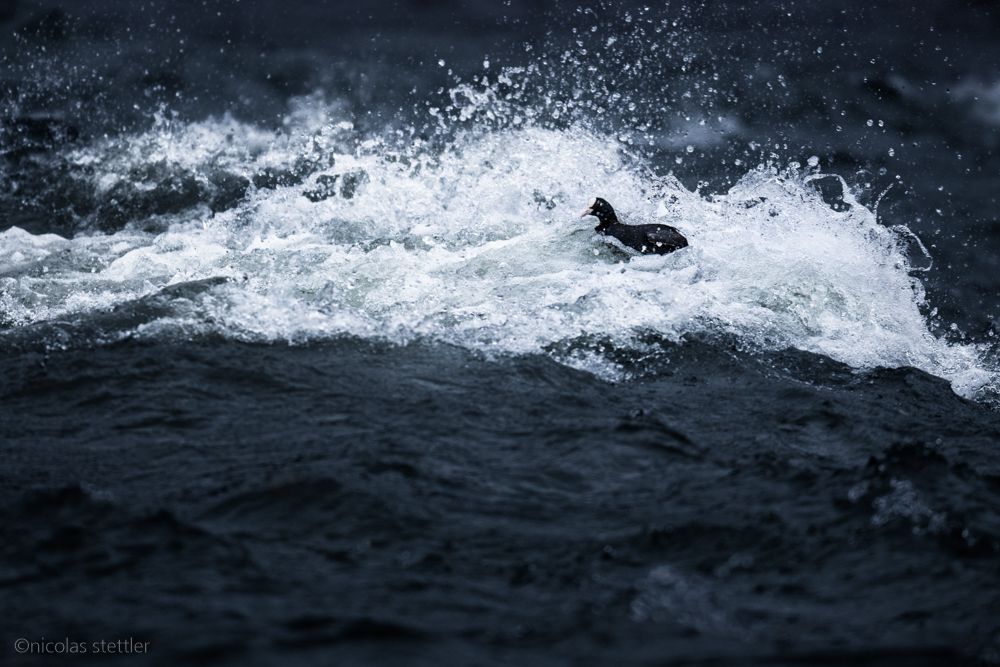
1/1600 | f/ 4 | ISO 360 | 500mm
March was mostly blessed with good weather, but on X.Y this was certainly not the case. The wind swept across the lake at over 80 kph on that day. In accordance with the weather, I personally felt rather bad on this day and it seemed as if I was ill for the first time in while. A good nap and a few pieces of chocolate later, however, I couldn't resist and went out for a bit anyway.
The gusty wind made it difficult to even hold the camera in my hands, let alone capture a bird. Again and again I was caught by the spray from breaking waves. Soaking wet and leaning into the wind, I tried to photograph the few birds that braved the weather. One of them was this coot, which was looking for food in the surf, unimpressed. Again and again it was caught by waves, but this did not seem to impress it and it did not move from the spot.
6. Red-crested pochard

1/800 | f/ 4 | ISO 400 | 500mm
After seeing a good 10 red-crested pochards at this location last year, I had high hopes that they would show up again this year. In the middle of march, the first male had already reappeared at the river arm. To my surprise, the bird was also relatively confident and he even approached me a bit.
Apart from this "standard portrait", I have not yet managed to take any other photo. But I hope to be able to change that soon.
7. Mute swan over and underwater I
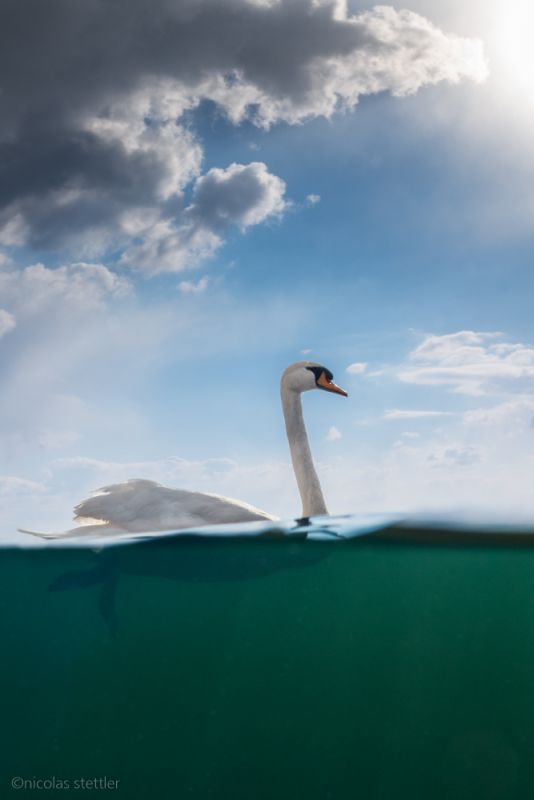
1/250 | f/ 13 | ISO 64 | 16mm
After I was able to test the underwater housing a bit in February, I had a bit more luck with the water conditions this month. I was able to take a few photos that I am quite happy with. This photo is one of them. The light is not yet optimal, but I like the composition and the composition of the photo very much.
8. Mute swan over and underwater II
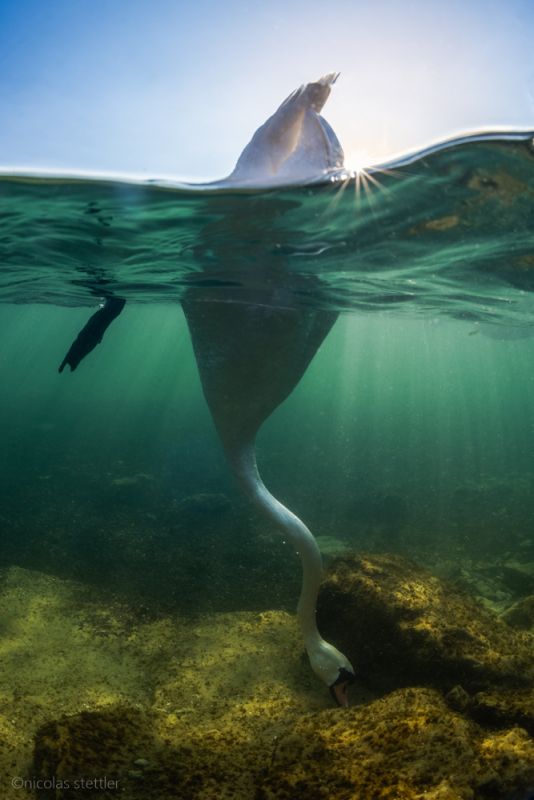
1/250 | f/ 13 | ISO 450 | 16mm
In general, it is very difficult to expose correctly in half overwater, half underwater photos and to have the water line in the middle at all. As it was too cold to go into the water, I held the camera blindly in the water, which made it even more difficult. On top of that, the waves were constantly shifting the water line. This eventually led to many photos where the water line was not quite perfect. In this photo, too, the camera was a little too deep in the water. In this case, however, it was just right and the sun was only just above it. The small aperture of f/13 resulted in a small sun star, which in my opinion enhances the image enormously.
9. Little grebe III
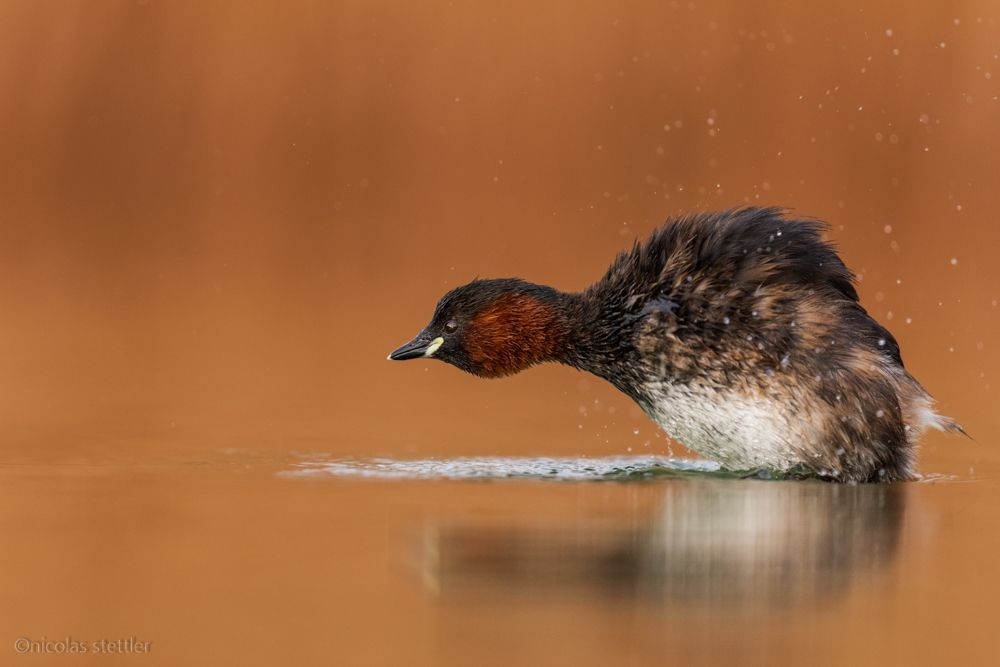
1/2000 | f/ 4 | ISO 1000 | 500mm
Towards the end of the month I went back into the water with the floating hide. On this day the aim was to photograph little grebes diving. I succeeded to some extent, but I don't really like the photos yet. I like this picture much better. After the Little Grebe resurfaced after a dive, it shook itself. Fortunately, I had already selected a fast shutter speed beforehand, so I only had to press the shutter button.
10. Crag martin
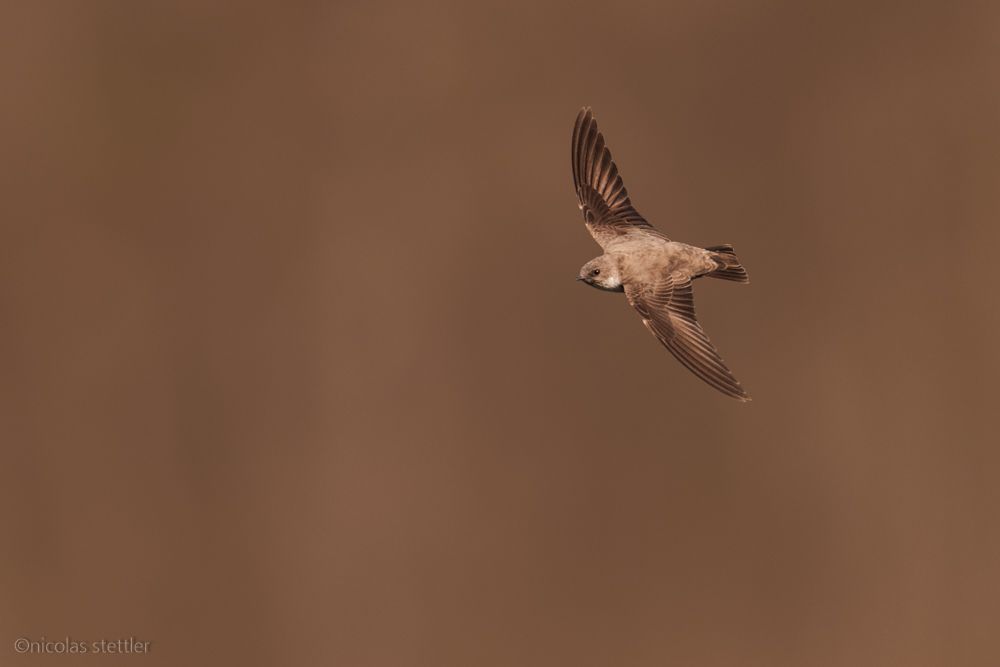
1/5000 | f/ 4 | ISO 1100 | 500mm
The sun was already high in the sky this morning and I was about to pack up the camera when a large group of swallows flew towards me. Besides house martins and barn swallows, I could also make out crag martins in the flock. For a good quarter of an hour I tried to photograph the birds.
Against the blue sky, I managed to take a good photo quite quickly. But I wanted a more colourful background. So I tried again and again to photograph the swallows in front of a mountain. But the autofocus had a lot of problems, so in the end I only focused manually. I was lucky with this photo and the focus was just right.
These were my 10 best photos of March. Overall, I had rather little time for photography this month. But I am still very happy with the resulting photos. April will probably be a rather busy month as well. Nevertheless, I hope that I will be able to take one or two good photos.
